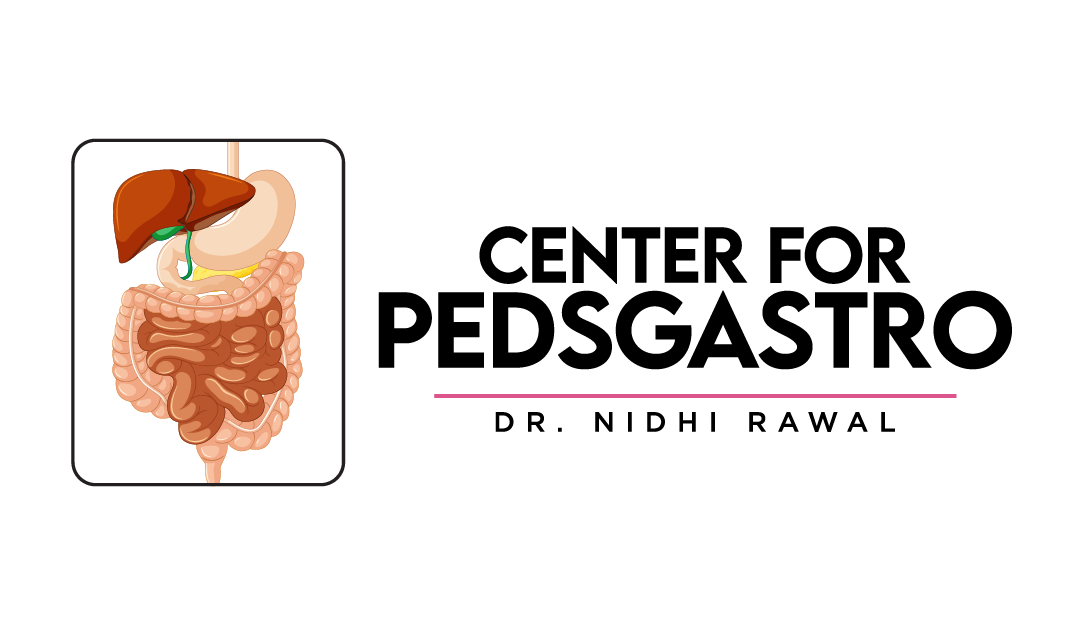Endoscopy in Children
Endoscopy in Children: A Safe and Essential Diagnostic Tool
Endoscopy is a valuable and safe procedure used in children of all ages—even newborns—when medically indicated. It allows pediatric gastroenterologists to directly visualize the esophagus, stomach, intestines, and colon, helping diagnose and treat a variety of gastrointestinal conditions.
Is Endoscopy Safe for Children?
Yes! Pediatric endoscopy is a well-established, safe procedure when performed by trained specialists. When done with minimal sedation (not full anesthesia), it is completely painless and well-tolerated by children. The procedure is quick—an upper endoscopy takes about 4-5 minutes, while a colonoscopy can take 10-40 minutes, depending on complexity.
When is Endoscopy Needed?
Endoscopy helps diagnose and manage several pediatric gastrointestinal conditions, including:
- Stomach ulcers
- Gastrointestinal bleeding (to locate the source)
- Food allergies (such as eosinophilic esophagitis)
- Celiac disease (gluten allergy)
- Polyps or abnormal growths (which can be removed during the procedure)
- Chronic diarrhea, vomiting, or unexplained abdominal pain
- Poor Growth
By providing a clear and accurate diagnosis, endoscopy enables targeted treatment, improving a child’s symptoms and overall well-being.
If your child’s doctor recommends an endoscopy, rest assured that it is a safe, quick, and highly effective procedure that plays a crucial role in pediatric gastrointestinal care.
